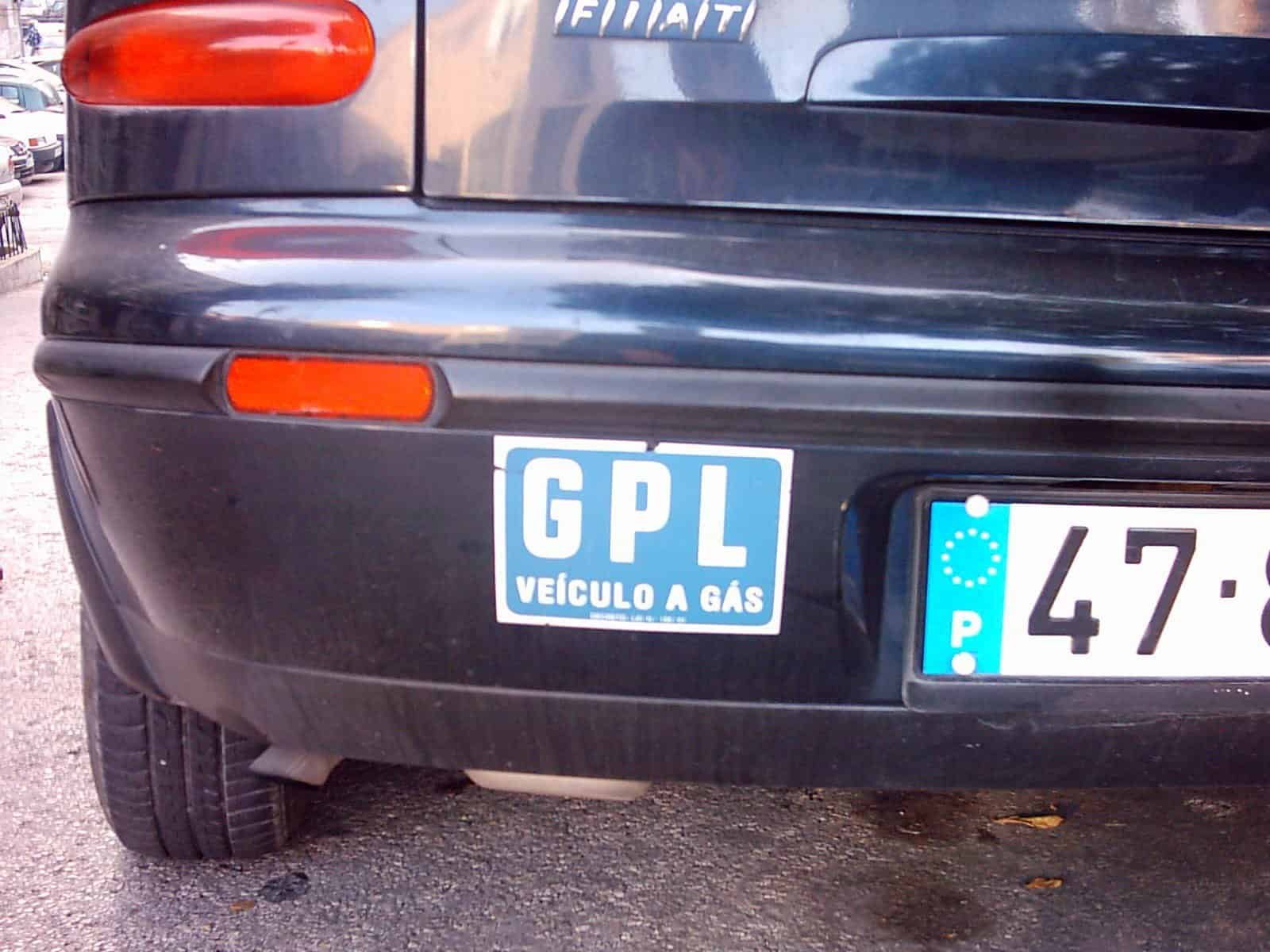Tech
(Analysis) What is it like to drive an LPG car in 2024?

We’ve all seen LPG-powered vehicles on Portuguese roads, almost always from adapted cars, with that iconic blue sticker on the rear bumper, which of course also meant some parking limitations, among other things that were a little annoying for the driver. day-to-day life of any driver.
Well, the GPL has changed! It has lost the vast majority of its disadvantages, but all the advantages are still very much alive, and in fact, possibly more appealing to the vast majority of drivers.
This is exactly why Renault, starting with Dacia, has been investing heavily and heavily in Bi-Fuel engines! What is Bi-Fuel? We are talking about vehicles that can consume both Gasoline and LPG (Liquefied Petroleum Gas).
What are the advantages? Obviously, there are more than enough for the wallet, and in fact, also for the environment. But let’s go in parts.
(Analysis) What is it like to drive an LPG car in 2024?
![]()
What is the GPL?
Very briefly, LPG is a mixture of Propane and Butane, in percentages that depend on the regulations of each region where the car circulates.
How does an LPG engine work?
Basically, it is a gasoline engine modified to also burn LPG.
This is exactly why these vehicles usually have 2 tanks on board, one for gasoline and the other for LPG. Something positive, because the GPL still has a big disadvantage… The fact that it is not available at all active fueling stations on national soil.
Is it very difficult to put LPG in your car?
As we said above, an LPG vehicle can only run on Gasoline. So, if you’re really in a pinch, just use the gasoline you have in the tank, or simply add some gasoline until you reach a region where there is LPG.
However, as is obvious, having an LPG vehicle to run on Gasoline doesn’t make much sense. The great advantages of a Bi-Fuel engine only appear if you use a lot of good LPG.
![]()
That said, according to Dacia, which is the brand that invests most in this type of engine in Portugal, there are more than 400 LPG filling stations in Portugal. There are fewer stations compared to the more than 2400 diesel and gasoline filling stations, but it is still enough to offer national coverage.
It is also worth highlighting that even when refueling, LPG has changed. In other words, filling in LPG is as quick and as easy as filling in Gasoline or Diesel. In case you don’t know, in the past it was a slightly more complicated process, and it even scared some potential buyers of this type of engine.
Are there limitations on an LPG vehicle?
One of the biggest myths surrounding LPG is related to its safety, as cars running on this fuel have gained a reputation that they are unsafe and can explode in the event of an accident.
That said, LPG is, in fact, highly explosive and more flammable than gasoline. However, taking this into account, LPG fuel tanks are much more robust and therefore much more reliable. They are actually much more robust than the tanks used for Gasoline and Diesel. Furthermore, they undergo tests that simulate the most extreme conditions.
To give you an idea, even in the event of a fire, the LPG tank is equipped with devices that allow the fuel to be evacuated under pressure, in order to avoid a catastrophic rupture of the tank.
- Note: However, here we are talking about factory installations. Any adjustments made afterwards are the responsibility of the entity that carried out the installation. Still, any GPL adaptation is subject to extraordinary inspection.
LPG involves higher consumption, but it is significantly cheaper!
Yes, using only LPG means that you will use more liters (or kg) of fuel for every 100 kilometers travelled. However, LPG has been close to €0.8 per kg, while Gasoline is running at €1.7 per liter.
Therefore, even if you spend more LPG, the savings will continue to be very significant for your wallet, especially if you take more city circuits, where you will achieve significantly higher averages in your day-to-day life.
For example, averages in LPG can be 20% higher than averages for the same engine running on Gasoline. However, the cost of LPG is around 50% lower than that of Gasoline.
According to our results, you can expect more advantages from this type of engine, compared to many hybrid vehicles available on the market.
Is the power the same?
![]()
Not exactly, performance can be higher or lower. It all depends on the manufacturer. But we can say that the numbers are actually very similar.
Is an LPG vehicle more expensive at the time of purchase?
Maybe, but it’s a very slight difference, and it always depends on the brand. In the case of Dacia, it is actually very similar, sometimes with an advantage on the LPG side.
It is worth it?
We recently had the opportunity to drive two Dacias equipped with Bi-Fuel engines, one Duster it is a Jogger. I can say that I was really pleased with the experience, or rather, with the “cost” of that experience.
I did more than 2000 kilometers with both vehicles in the space of 2 weeks, and it was as if I were driving my everyday Golf. The driving is the same, the practicality of the thing is also the same. It’s a little more annoying not being able to choose any gas station around me, but it’s not the end of the world at all. Even in Salvaterra, which I like to say is where Dreams go to Die, there are gas stations with LPG.
Perhaps it is not the most desirable engine for those who travel a lot on the highway, or want to “push” their car a lot. But, for city circuits, home-work, picking up the kids from school, or going on a normal weekend trip, it’s an incredible alternative, and in fact even more interesting than a lot of the electrification out there.
Obviously, each case is different! So, if you are interested, there is nothing better than testing one of these cars.
-

 Business5 months ago
Business5 months agoThis big movie with Ana de Armas and Keanu Reeves comes to AMC this weekend
-

 Entertainment5 months ago
Entertainment5 months agoNew trailer for DLC Dragon Ball Z: Kakarot “Goku’s Next Journey”
-

 Tech1 month ago
Tech1 month agothesparkshop.in:product/wireless-earbuds-bluetooth-5-0-8d-stereo-sound-hi-fi
-

 Business5 months ago
Business5 months agoWhat should you know about patio homes for sale in Scottsdale?













